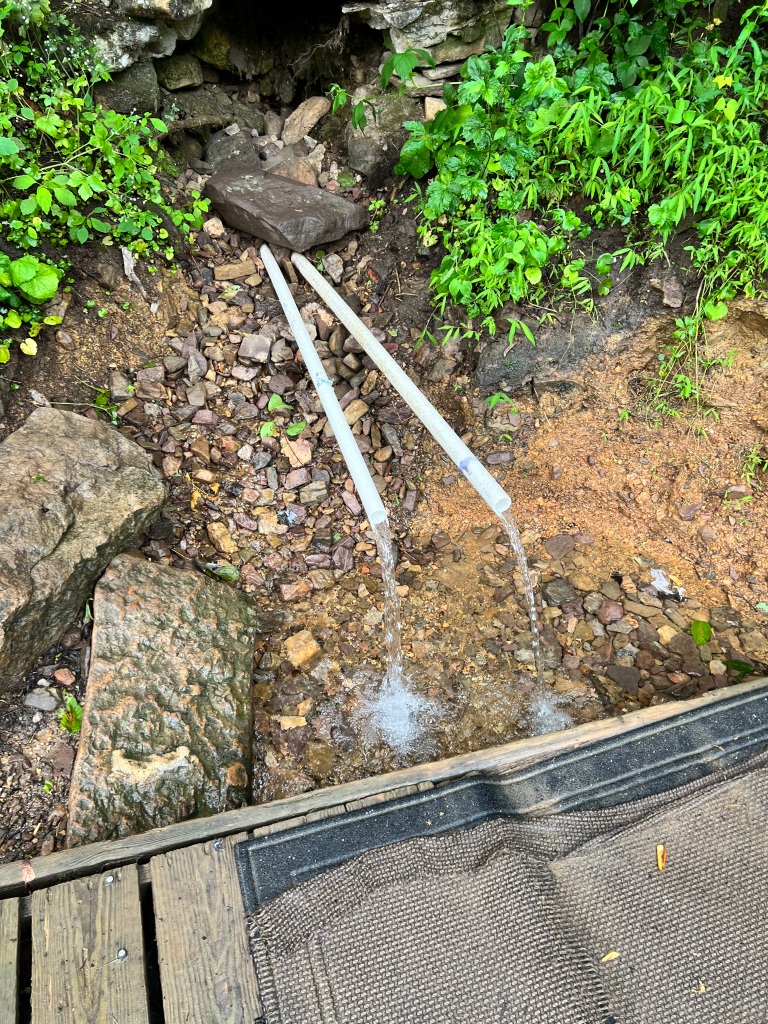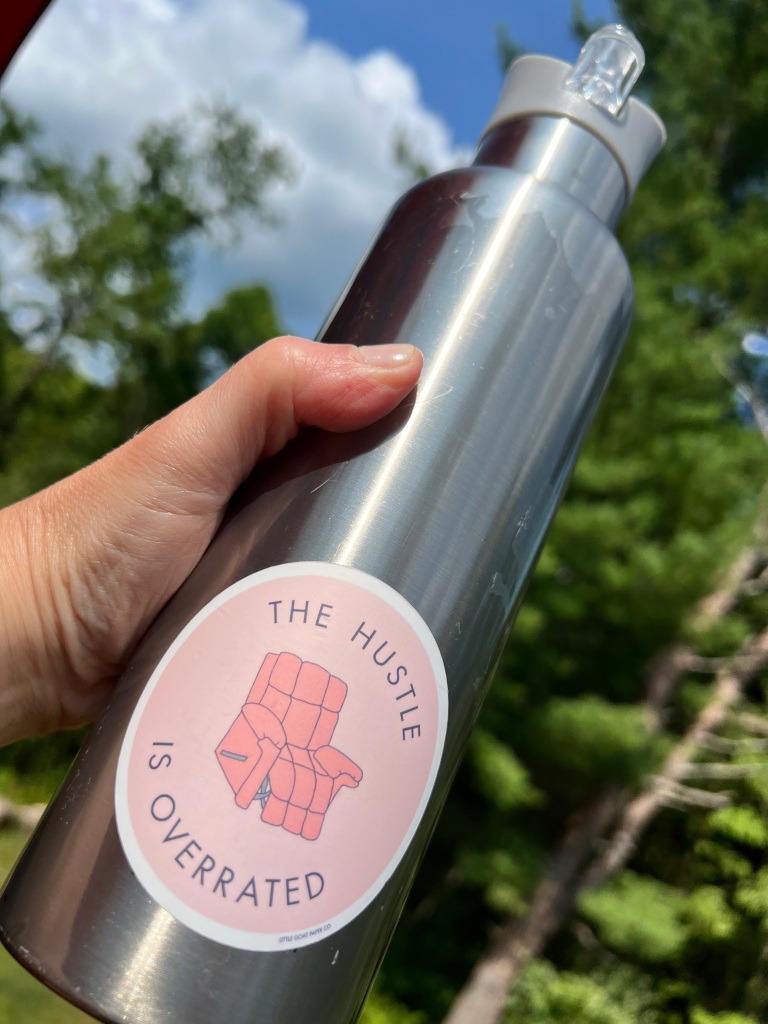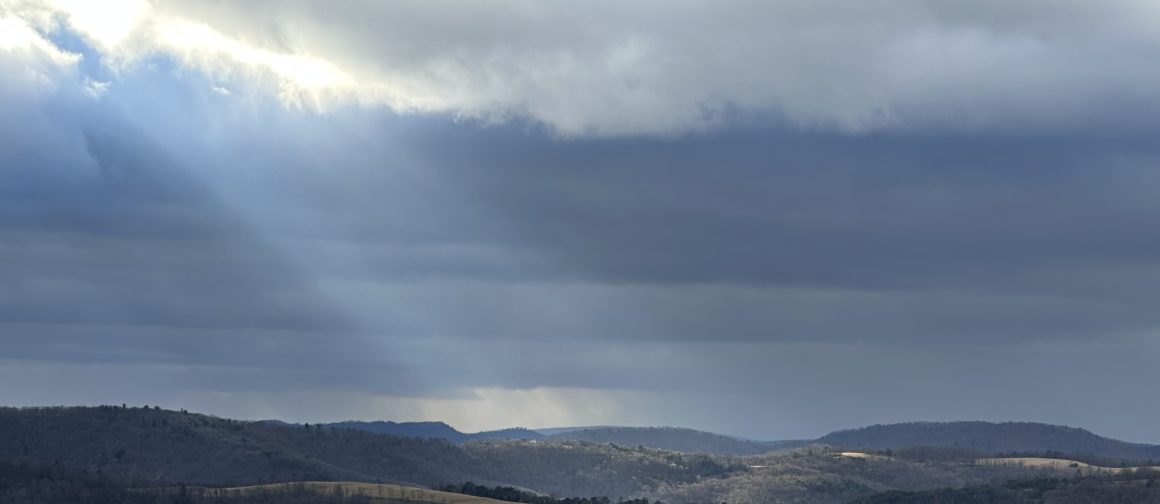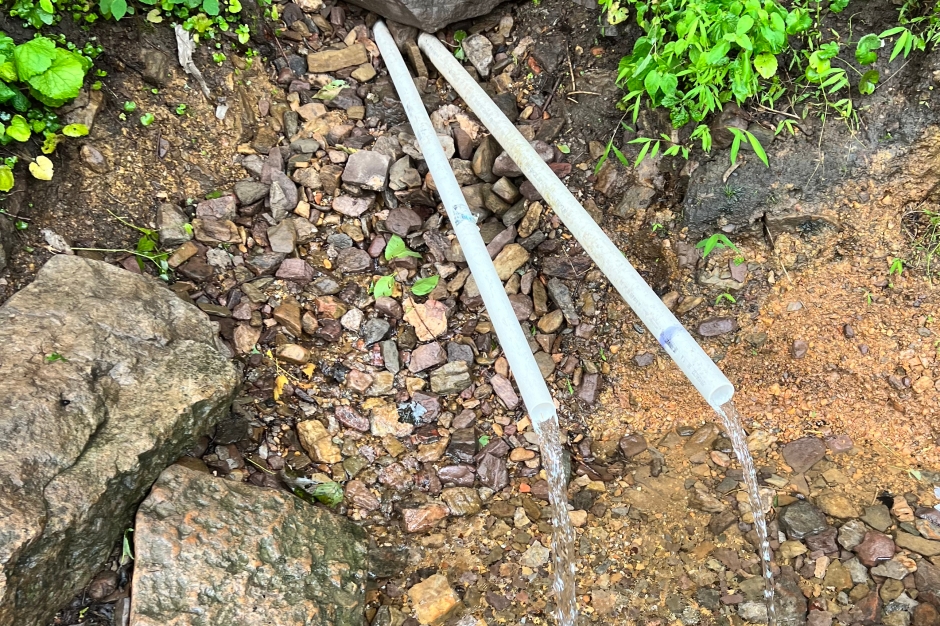Date of Visit: June 16, 2023
8.1 miles east of Wardensville is an Artesian spring that the locals refer to as “Cold Spring.”
You will find it on the south side of Wardensville Pike (the road all outsiders, like me, tend to refer to as “48/55”–our primary reference being highway signs and maps). The spring is easily recognizable for the muddy and rutted turn off, not far from the state line and the Tuscarora Trail head. There’s often a long line of cars when I pass, as people in the area will wait for their turn to fill up and take water home.
I tracked the spring down online, where it is noted to be in Star Tannery, an unincorporated community in southwestern Frederick County. Web searches will suggest it has no formal name. Yet, when I inquired about the spring in the FB “social guild” for the Lost River Valley, a gentleman replied that “all his life,” he had heard it called “Cold Spring.”
Other users note the aliveness, freshness, and sweet taste of the water. Some, like me, will stop again and again.
There are many photos and videos of the spring online. It is indeed something to see–beautiful in its rustic simplicity. Water pours through two PVC pipes into the belly of a stone and mud depression–it is not quite a well. The bottom is strewn with stones the color of rust, slate, and marble, interspersed with multicolored sand and hard packed orange-ish earth. A wood platform has been put in place–it is now scuffed and weathered, so that visitors might easily bend and fill a jug of water or dip their hands in the outflow.
The water itself is the best living water I’ve yet tasted.
It is obvious from the signs of wear on the platform and the deep-worn ruts in the muddy drive, that Cold Spring is a well-loved site. And, it is easy to see why people of previous eras worshiped, celebrated, and prayed at such sites, leaving offerings for gods, saints, and magical beings beside similar waters.

As if the mountains of the VA/WV line weren’t already magical enough, the air around Cold Spring is charged with ozone. It’s a sensory shift of temperature, dampness, and sound, the moment you step from your car. The earth leading to the spring seeps with water. The site is surrounded by Black Haw Viburnum, Redbud, Maple, and Sycamore. Enormous stones lay here and there. Above the spring is a cluster of American Hazel trees.
On the date of my visit, I happened to have a spare water bottle, so went to fill it up. First, I bathed my hands in the rippling water pool beneath the pipes, patting little drops of cold, clean water on the skin of my forehead and the back of my neck. We were not yet in the hottest months of summer, but it was still hot enough that the water cooled me.

I sat on my haunches and listened to the music of water plunging out of the stone hillside into the pool below and breathed in the smells of it, filling me up with a still, but heartfelt rightness–as if the water and bone that was my body remembered more clearly its kinship to the root of all life, water, earth, the spark of sentience.
I filled my bottle up and sipped it, smiled that it tasted so wonderfully good, and sipped again. Wild water kicks up into a wet and living air. Wild water oozes up from the mud and wets down the earth. Wild water like this spring is a reminder of a time when most waters were wild, clean, and sweet.
Online searches as I write this blog show me that the county regularly tests the water. These tests are complemented by the tests of visitors. Except for occasional positive hits for low percentages of E coli, the water tests as consistently clean, at times more clean than the water that flows from the taps of local homes. (See this site, and photos, here.)
I have made it a ritual now, when I pass over the mountain. If no car is parked at the pull in, I will turn off, park, and go to the water’s edge. I often fill my jug. My favorite prayer for this site, “Thank you for this gift of clean and wild water. May your waters always flow clean, clear, and wild.”
I sip and savor the water as I drive back to the harried and hazy city. If I’m headed to my home in the mountains, I will trickle this water on the flower beds at our cabin or keep a bottle of it in the window sill, where it collects sunlight and reminds me of the peace to be found in the simplest of things.














